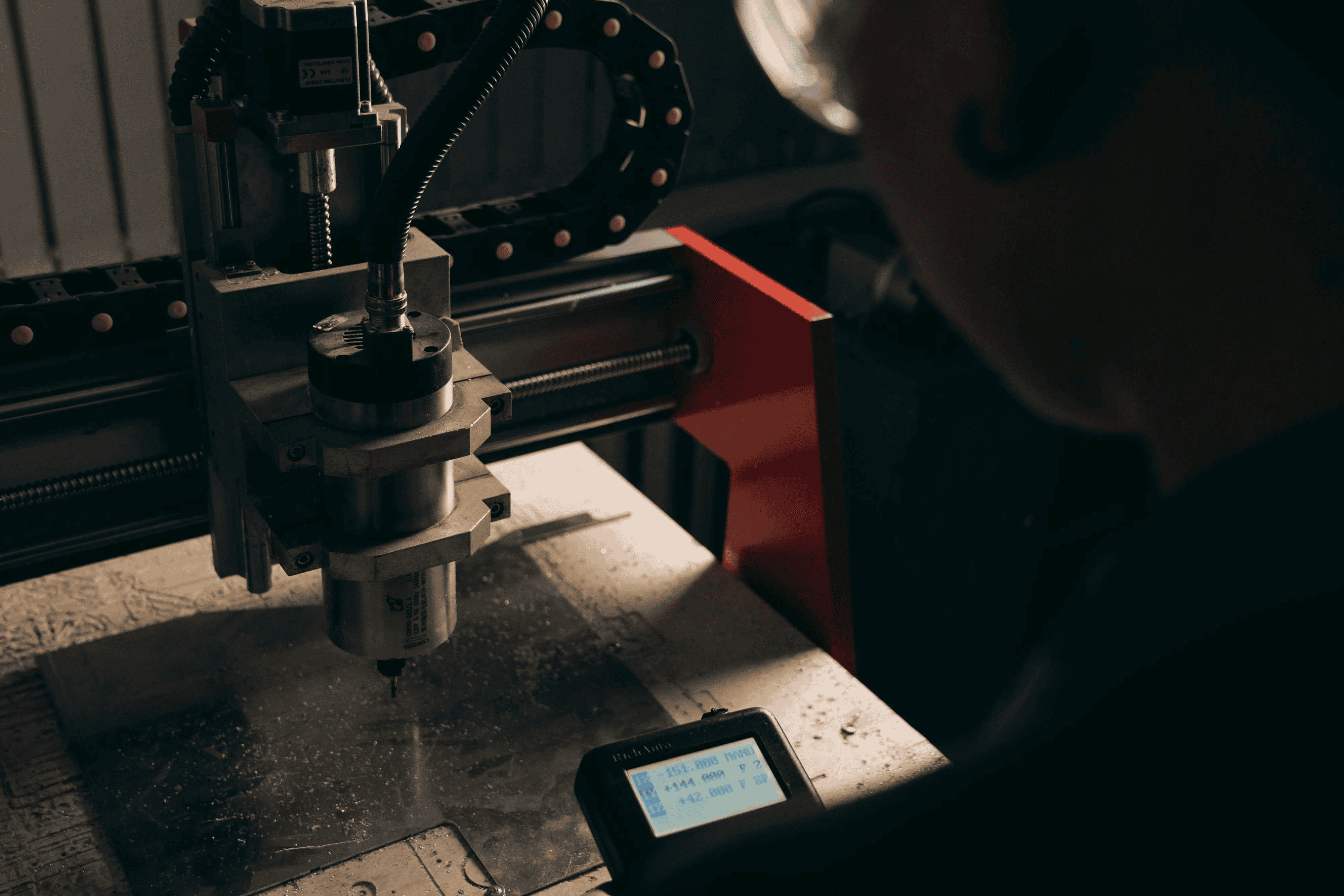Custom Fabrication

Laser cutting focuses light energy into a small spot that vaporizes or melts material with remarkable precision. The narrow kerf, low tool pressure, and high repeatability make it ideal for intricate patterns, fine text, and tight fit features. On metals, the process pairs with assist gases to improve cut quality and speed. For laser cut plastics, the same principles yield smooth edges, controlled heat input, and reliable repeatability on flat sheets from prototypes to production.
Metal laser cutting services producing clean edges on laser cut plastics with tight tolerances for fabrication and prototyping workflows.
Different materials respond to the beam in different ways. Acrylic often polishes at the edge and can look optically clear. Polycarbonate tends to discolor or char unless speed, power, and gas are tuned carefully. Acetal and ABS can cut well but need ventilation and careful thermal control. Metals rely on fiber sources and gas selection to manage oxidation and burr formation while holding tolerances.
Good results start with clean vector files. Common inputs include DXF, DWG, or SVG with true curves, joined paths, and clear layers for operations. Plan for kerf width so slots, tabs, and press fits land on size. Use dog bone reliefs in internal corners where needed and respect minimum web thickness to avoid warping. Nest parts to reduce scrap and plan grain direction for plastics that have anisotropic properties.
Kerf varies with material, thickness, and process settings. For thin acrylic, expect a narrow kerf and excellent dimensional control. As thickness increases, taper can grow and edges may require a post pass for perfect fit. For press fit features, add or subtract a few hundredths based on test coupons. This simple step saves rework and preserves consistency across batches.
Edge quality depends on speed, power, focus, and assist gas. Plastics benefit from clean optics and correct focus height to prevent haze or streaks. Metals require gas strategy to limit burrs and oxidation. Ventilation and fume extraction are essential for safe processing, especially with engineering polymers. Always verify a material’s laser compatibility, as some plastics release hazardous byproducts and must be avoided.
Finishing can elevate a part from functional to showcase ready. Acrylic edges can be flame polished or lightly buffed. Deburring for metals removes micro burrs and sharpness. Surface treatments like anodizing, powder coating, or media finishing can follow laser cutting for durability and appearance. Clear documentation ensures the correct finish sequence after cutting.
Choose laser cutting when you need fine features, tight radii, and consistent parts without tool wear. It shines for brackets, panels, vents, bezels, and decorative screens in metal. For plastics, lasercut plastics enable precise light diffusers, signage, fixtures, and device enclosures. Compared to routing, lasers eliminate mechanical deflection and can deliver cleaner micro geometry. Compared to waterjet, lasers avoid abrasive contamination and can be faster on thin stock.
The same data can move from a single prototype to a full run with only minor adjustments. First article inspection validates kerf, edge quality, and feature accuracy. Once dialed in, nests scale to meet production needs. Clear revision control and labeled layers keep operations consistent across batches and materials.
As you plan a real project, a smart path blends sound design rules with fabrication know how. That means correct file prep, test coupons for kerf, and defined finish steps. If your build involves both metal and plastic, consolidate operations to streamline lead time and part matching. For complex assemblies, fixture points and reference holes aid downstream forming and assembly.
To bridge design and production, an experienced fabrication partner can prepare CAD, validate materials, and coordinate cutting with inspection built in. If you are exploring a mixed process approach, routing for wood or composite panels and plasma for thicker steel can complement laser for thin sheet and plastics.
For expert guidance on part engineering and vendor grade cutting, explore Custom fabrication. If you need a menu of shop capabilities that support your design cycle, review our Fabrication services. Curious about our approach to quality and client care, see Why choose OZK.
Bring your file package and target tolerances, and we will help translate ideas into parts that fit. Whether it is a small batch of laser cut plastics or a production run in metal, our team in Fayetteville Arkansas can design, prepare, and manage the right process. OZK Customs offers CAD design, CNC routing, CNC plasma cutting, and custom metal fabrication, and we coordinate precision laser cutting through trusted partners when your design calls for it. Share your timeline and material list, and we will propose a practical path from drawing to delivery.
Ready to turn your CAD into finished parts? OZK Customs will engineer files, optimize kerf, and coordinate precision cutting with our fabrication team. Tell us about your metal or plastic project and get a fast plan from design through delivery.
ADDRESS:
6159 E Huntsville Rd, Fayetteville, AR 72701
PHONE:
(479) 326-9200
EMAIL:
info@ozkvans.com